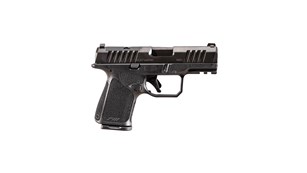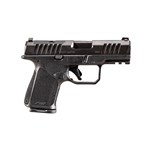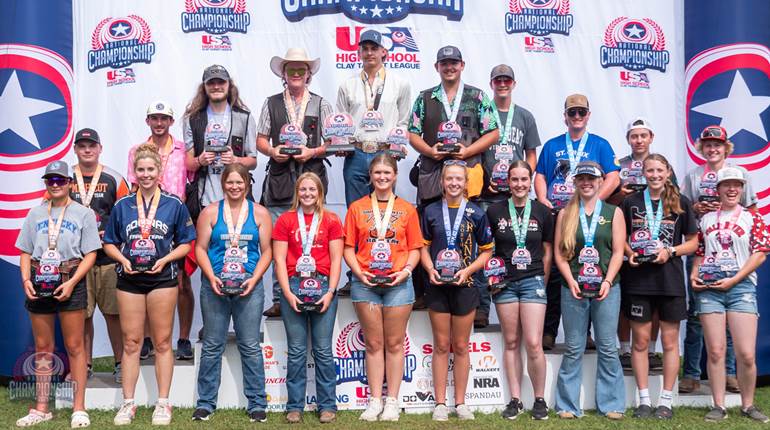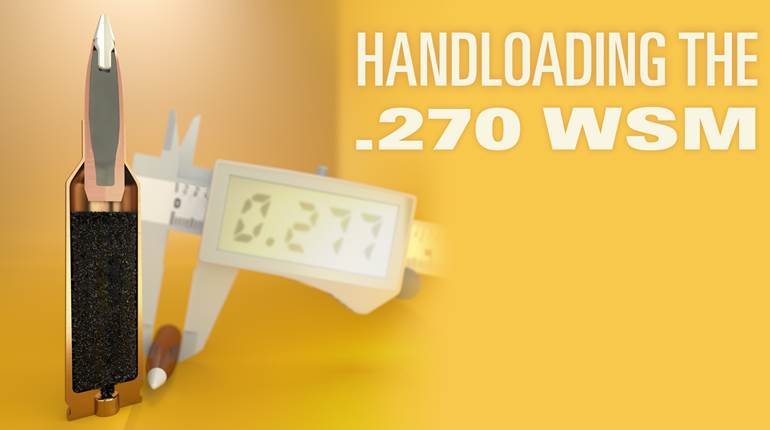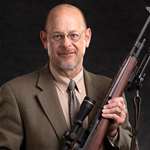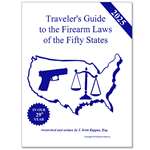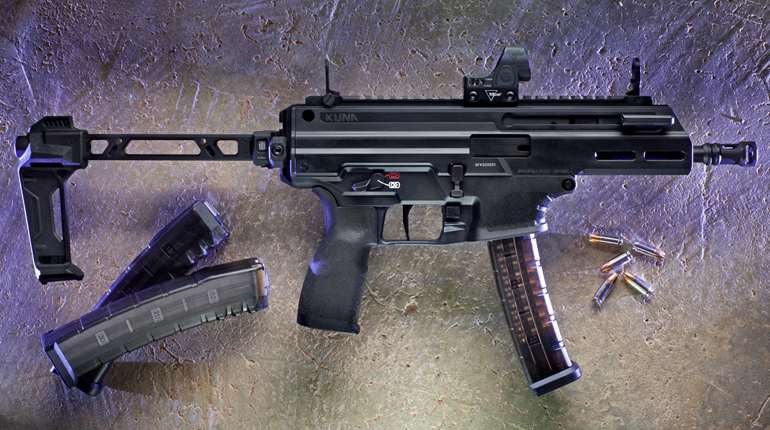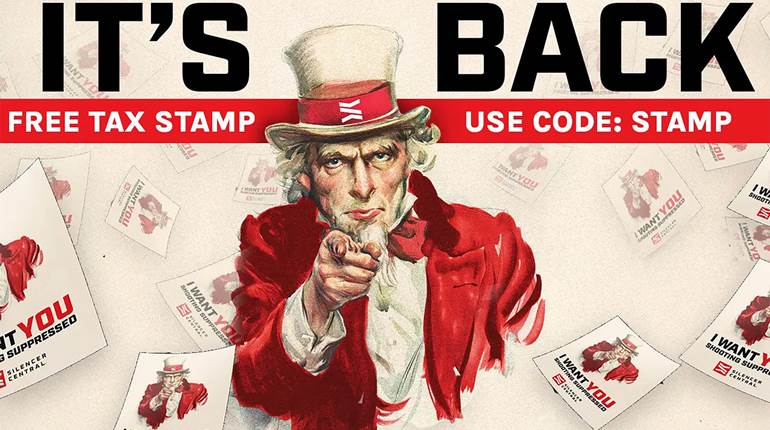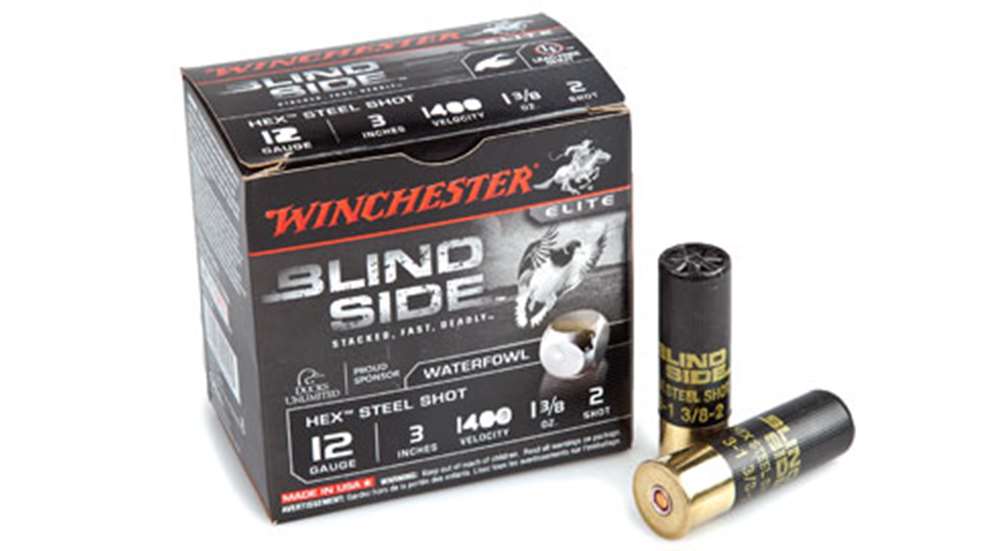
Since non-lead shot became mandatory for waterfowl hunting, steel has served as a low-cost “crutch” for those for whom the sport is dear, but the material’s limitations are well-known. In creating Elite Blind Side, Winchester sought to take advantage of steel’s low raw material cost, yet increase its lethality and effective range. The complex interrelatedness of components required to accomplish the task, however, proved time-consuming and difficult.
Because of its low relative density, steel shot must be propelled faster than that made of denser materials, such as lead or tungsten-based options, in order to achieve comparable energy levels. Velocity, however, is not the sole solution. Unlike lead shot, as well as some non-lead combinations, steel pellets don’t deform upon impact, thereby reducing energy deposit. So, increasing velocity (and thus per-pellet energy gain) generally results in over-penetration, with the additional energy essentially being “wasted.”
Clearly illustrating the concept of thinking outside the box, Winchester developed unconventional, hexahedron-shape pellets, aptly named “Hex” shot, to enhance the steel pellets’ lethality. According to Brad Criner, product manager for Winchester Ammunition, “We are finding that the ‘tumbling brick’ effect of Hex shot deposits larger amounts of energy on downrange birds [versus those shot with round steel].” It’s not difficult to envision how effective such action is.
Hex shot’s shape is also critical to the load’s other attributes. It should come as no surprise that the cube-shaped shot uses space more efficiently than spherical shot. The greater efficiency in what Winchester describes as “packing density” means that in a 3-inch shell, the company was able to fit a 13⁄8-ounce payload in a space usually occupied by 1¼ ounces of round pellets. The difference in a 3½-inch shell is 15⁄8 ounces versus 13⁄8 ounces. In addition to a 15-percent increase in pellet count, which “fills in” the shot pattern for optimum density, all the shot are of the trauma-inducing cube shape for maximum lethality. “Stacking” also enabled the company to design a unique two-piece wad and increase the propellant charge.
Hex shot, which is created via an undisclosed, patent-pending manufacturing process, has the same metallurgy as the steel shot used in the Supreme-line loads. As suspected, when measured across the flats, No. 2 Hex shot is smaller in diameter—0.131 inches versus 0.151inches—than its round counterpart, but in terms of weight, it is identical. “Hex shot is the same nominal weight as round steel,” explained Criner. “We did this for ease of choosing the shot size and downrange energy.” The pellets are yellow-zinc-chromate-plated to resist corrosion and aid packing density.
As for the wad, “Winchester engineers spent three years perfecting the Diamond Cut Wad,” said Criner. “Hex shot would not work without it.” Why? Hexahedron-shaped shot are more affected by air resistance than round pellets, resulting in more “fliers,” so Winchester counteracted this via additional pellets—available due to packing density—and a two-piece wad, the shotcup that has three diamond-shaped cuts. “The Diamond Cut Wad petals act like air brakes, allowing the wad to slide off the rear of the shot column with minimal disruption,” explained Criner. “This enables Hex shot to stay together and produce excellent patterns at distances ranging from 20 yards to 45 yards.”
Winchester’s design ensured a clean release of Hex shot, resulting in a consistent point of impact—something high-speed photography revealed wasn’t always the case with a competitor’s wad. The resulting design is also responsive to traditional chokes, as well as newer waterfowl-specific models.
Blind Side is unique not only in that it features a two-piece wad, but also in that it has a reversible, hinged gas seal. “The hinged wad system provides cushion for the heavy payload during ignition, which reduces peak pressures and felt recoil,” explained Criner. “Upon ignition, pressure levels spike until the large mass of shot gets moving down the barrel, and the hinge, acting as a shock absorber, reduces the overall level of pressure. The combination of reduced pressure and shock-absorbing action reduces the amount of ‘kick’ or felt recoil on the shooter.”
The gas seal also plays an important role in the Drylok system, ensuring a watertight seal above the propellant. “Combined with a lacquered primer sealing out moisture from below, the hunter is assured of consistent velocities for reduced aim error,” emphasized Criner. “Further adding to consistency are proprietary propellants designed for use in and tested from zero to 120 degrees F.” Because of additional propellant space, the 3-inch, 13⁄8-ounce and 3½-inch, 15⁄8-ounce Elite Blind Side loads have reported velocities of 1,400 fps.
Testing Elite Blind Side
Attending a new-product seminar last fall at NILO Farms in Brighton, Ill., several outdoor writers and I had an opportunity to test pre-production samples of Elite Blind Side. In addition to patterning, which verified the load’s choke responsiveness—with improved cylinder, modified and full constrictions—out to 55 yards, attendees witnessed a comparable traditional high-velocity steel loads (with round pellets) and Blind Side shot into ordnance gelatin blocks.
Although the Hex shot consistently sacrificed 1/4- to 1/2-inches of penetration to round pellets in gelatin, the wound channels it produced were dramatic—disruption/displacement of material clearly exceeded that produced by the spherical pellets. High-speed photography also vividly illustrated the gelatin’s greater movement/reaction to Hex shot, as well as how quickly the wad’s diamond-cut petals deployed, the clean release of the shot and the consistency of impacting the point of aim.
But, as promising as Elite Blind Side appeared on the range, paper and gelatin are no substitutes for what’s encountered in the field. As such, we had the chance to hunt ducks the following morning. Immediately obvious was the load’s effectiveness. Even marginally hit ducks quickly succumbed to their wounds, eliminating “fly-offs.” Post-mortem inspections revealed why. Damage to cartilage, bones and organs was unlike that produced by conventional shot, yet the destruction of edible meat was at reasonable levels. It was clearly a better mousetrap.
With patterning completed at NILO Farms, more recently I chronographed the 3-inch, 13⁄8 ounce-No. 2 load to verify its velocity. Shooting across an RCBS AmmoMaster chronograph, through a 26-inch-barreled Remington Model 870 Express Super Mag with a modified Carlson choke tube, the load averaged 1,309 fps. for 10 consecutive shots, and the Standard deviation (Sd) was a respectable 14.
According to MidwayUSA’s website, 25-count boxes of Blind Side inNo. 2 and BB shot sizes will be priced from $23.99 (3 inch) to $28.49 (3½ inch). To me, it’s money well-spent.


